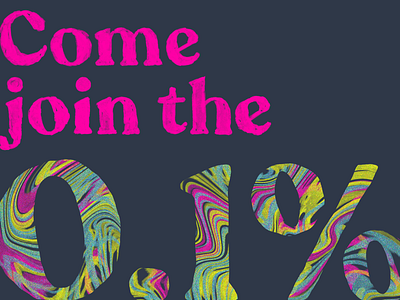Come join the 0.1% club
70% of design students are female
5 - 11% of creative directors are women
0.1% of creative agencies are female-owned
0
.1
%
But 80% of women drive consumer purchasing
"The numbers say it all: 70 percent of design students are women, but only five to 11 percent of creative director positions are held by women. Only 0.1% of creative agencies are women-owned. POINT. ONE. PERCENT. How does this make any sense when women drive about 80% of consumer purchasing?"
Jessica Walsh - announcing her breakaway to lead @andwalsh solo, posted July ‘19.
I knew starting out in digital (back in the mid 00s) there was a huge discrepancy between male and female digital designers. At that point - a lot of guys took the badge for web designer, digital designer or UX’er. Thinking about employment vs freelance, more guys chose a freelance career. (Bizarrely in 12+ years I’ve got two close female freelance friends).
So why do the numbers get so skewed? From my observations of digital skills - it must be a confidence thing. I was lucky with my creativity growing up. I didn’t come from a family of artists or makers. I was heavily influenced by my Dad who was a coder. First generation programmer. His attitude - coding and tech are like key language skills. He was keen for me to learn German, but that idea died when my A-level teacher asked me to leave her class. So when the opportunity to learn HTML and basic front end skills came up - guess who bought me my first copy of Dreamweaver? Thanks Dad.
More than that software purchase, my Dad instilled confidence in me to pursue and blend my creative path with a technical one. Girls - for sure are catching up. But it’s VITAL these become core skills from primary school for coding and tech to become second nature to everyone.
As for the 0.1% club - women I know, can make truly brilliant leaders. But like financial literacy, how to love well and coding - leadership shouldn’t be an assumed skill. Or an award trophy given out to the most vocal or charismatic in the room. Unpacking it as a subject, and understanding a variety of leadership styles would be a huge step forward. It would enable our future workforces to be way more diverse and empowered cultures.
